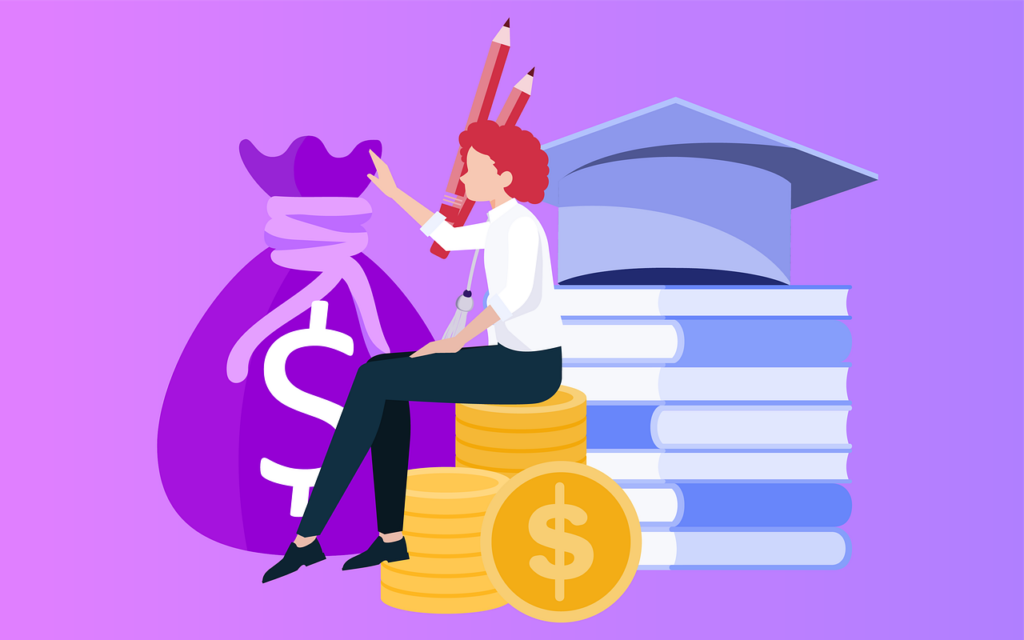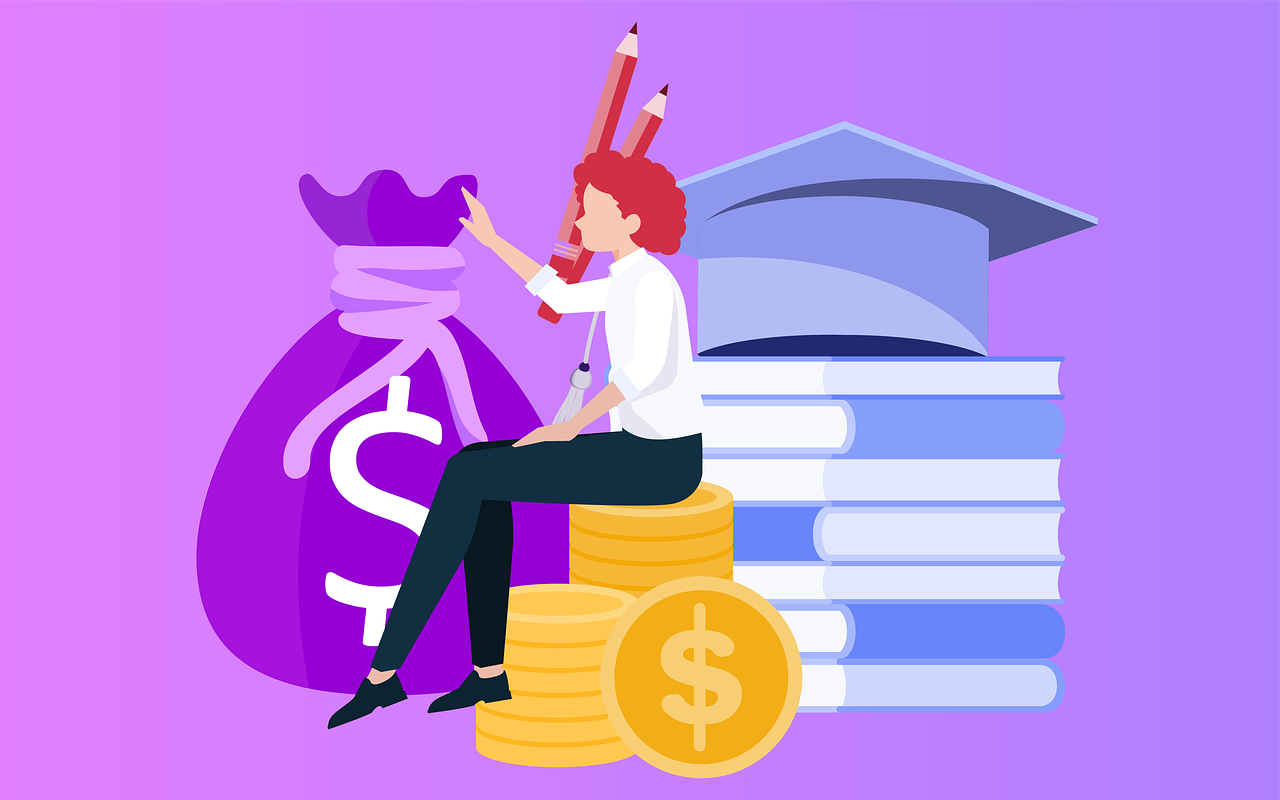Discover how recent adjustments and strategies can help you achieve loan forgiveness, even after the expiration of certain waivers. Learn about rule changes, proactive steps, and accounting for unique circumstances.
Questions Answered in this Article
1: How can loan forgiveness still be attained after a PSLF waiver expires?
Answer: Loan forgiveness remains feasible through a unique account adjustment, acknowledging specific deferment, forbearance, or default periods, even after the expiration of a limited PSLF waiver.
2: What triggered the loan forgiveness turnaround in 2023?
Answer: In 2023, a loan servicer informed the author that nearly $40,000 of their student loan debt had been forgiven due to a temporary PSLF waiver, which credited payments that wouldn’t typically qualify for PSLF.
3: How can borrowers take advantage of the recent rule changes for forgiveness?
Answer: Borrowers can benefit from a one-time adjustment that increases payment counts towards forgiveness, applicable from July 2023 to 2024. This adjustment encompasses various repayment statuses and eligible periods, regardless of public service ties.
4: What steps can borrowers take to ensure loan forgiveness and make the most of the adjustment?
Answer: Borrowers must remain proactive by submitting necessary forms and communicating with their loan servicers. Collecting information, documenting interactions, and staying informed about loan forgiveness rules are key aspects.
5: How should borrowers account for pandemic-related forbearance in their forgiveness calculations?
Answer: Borrowers should invest 36 months to account for the COVID-19 payment pause when calculating eligible payments. Those in the PSLF program must certify periods of public service during the pause to receive credit, and individuals not qualifying for PSLF or IDR forgiveness should consider enrolling in an income-driven repayment plan.
Maximizing Loan Forgiveness Opportunities: Recent Changes and Strategies
Thanks to a unique opportunity for a one-time account adjustment, securing loan forgiveness might still be within your reach. This adjustment acknowledges specific deferment, forbearance, or default periods that could count toward loan forgiveness. In 2022, after dedicating 14 years to the teaching profession, I transitioned to a new career, convinced that my pursuit of public service loan forgiveness (PSLF) had reached a dead end. At that point, my student loan debt hovered around $50,000.
Fast forward to 2023, when my loan servicer delivered astonishing news: nearly $40,000 of my debt had been forgiven. This unexpected turn of events was attributed to a temporary PSLF waiver that granted credit for payments that would not typically qualify for forgiveness under PSLF. Additionally, applicants’ requirement to work in public service at the time of application and forgiveness was waived.
While the waiver that facilitated my loan forgiveness expired on October 31, 2022, there’s still a silver lining. Abby Shafroth, the Student Loan Borrower Assistance Project director at the National Consumer Law Center, reveals that “if you didn’t already benefit from the limited waiver… you can still avail nearly the same advantages.” This could potentially lead to loan cancellation for certain borrowers. Here’s how you can make the most of it.
More: Major Student Loan Forgiveness Program Launched, A Lifeline for Borrowers

Embrace Rule Changes
Many borrowers will witness an increase in their payment counts towards forgiveness through a special one-time adjustment, set to be implemented in waves from July 2023 through an unspecified date in 2024. According to the U.S. Department of Education, this adjustment is not tied to public service. It extends to borrowers with Direct Loans or Federal Family Education Loans (FFEL), including Parent PLUS loans. It grants credit towards PSLF or income-driven repayment (IDR) loan forgiveness for the following:
- Any month a borrower was in repayment status, irrespective of partial, late, the loan type, or the repayment plan.
- Any month loans were eligible for repayment, deferment, or forbearance status before consolidation.
- During months, a borrower experienced 12 consecutive or 36 cumulative months in forbearance.
- Any month spent in deferment (excluding in-school deferment) before 2013.
Participants in the PSLF program or those previously enrolled in a payment plan do not need to take any action to receive the adjustment. However, if PSLF is your goal, you may need to submit an employment certification form to ensure that your months in public service are correctly counted toward the required 120 total payments. If PSLF is not applicable, forgiveness necessitates 240 or 300 qualifying payments, contingent on the loan type.
More: Introducing the Redesigned FAFSA: Empowering Students for the 2024-25 Academic Year
Staying Proactive
Borrowers with commercially managed FFEL, Perkins, or Health Education Assistance Loans (HEAL) must apply for a Direct Consolidation Loan by December 31, 2023, to be eligible for the one-time adjustment. Verify your loan type and initiate the consolidation process at studentaid.gov.
Being prepared to advocate for yourself is pivotal. After submitting my PSLF application, I received periodic updates from Mohela, my loan servicer, about my payment counts. By December 2022, I had 66 qualifying payments; a month later, the number rose to 91. Eventually, in May 2023, I crossed the 120-payment threshold on two loans and received notice of their forgiveness. However, achieving this required assertiveness. When I noticed some of my employment wasn’t approved, even though I had accurately completed my PSLF application, I contacted Mohela. I asked a loan counselor to reassess my PSLF form and update the payment counts accordingly. Shafroth says, “Don’t assume everything [on the loan servicer’s end] is correct. If something seems amiss, you should feel empowered to address it.”
More: Refinancing Student Loans: A Comprehensive Guide to Making the Right Choice
Tips for Effective Interaction with Loan Servicers:
- Come prepared: Gather relevant information like payment counts, submission dates, and loan amounts before contacting a loan counselor.
- Document meticulously: Save all correspondence and make notes during phone conversations.
- Stay informed: Familiarize yourself with loan forgiveness regulations to reference them.
More: Federal Student Loan Servicers: Your Guide to Repayment and Assistance
Accounting for Extraordinary Times
When calculating the eligible payments made towards PSLF or IDR forgiveness, remember to factor in at least 36 additional months to account for the COVID-19 payment pause. This period counts even if you made no payments during this time. PSLF program participants must certify any period of public service employment that coincided with the payment pause to receive credit for these months. Additionally, remember that qualifying for PSLF mandates active public service during the application period (the waiver expired in 2022).
Individuals not eligible for PSLF or IDR forgiveness post-adjustment should consider enrolling in an income-driven repayment plan to ensure subsequent months are counted.
Czulada indicates that borrowers repaying for the longest duration will likely witness their payment counts updated first. Account audits will continue bi-monthly starting July 2023.
If your loan servicer provides an inaccurate count, Shafroth recommends addressing the matter with them initially. Request a payment history from the servicer and compare it to your records. If necessary, request to speak with a supervisor. You can file a complaint with the FSA’s Ombudsman Group as a last resort.
More: Introducing the Enhanced SAVE Repayment Plan: Lighter Financial Load, Easier Qualification















